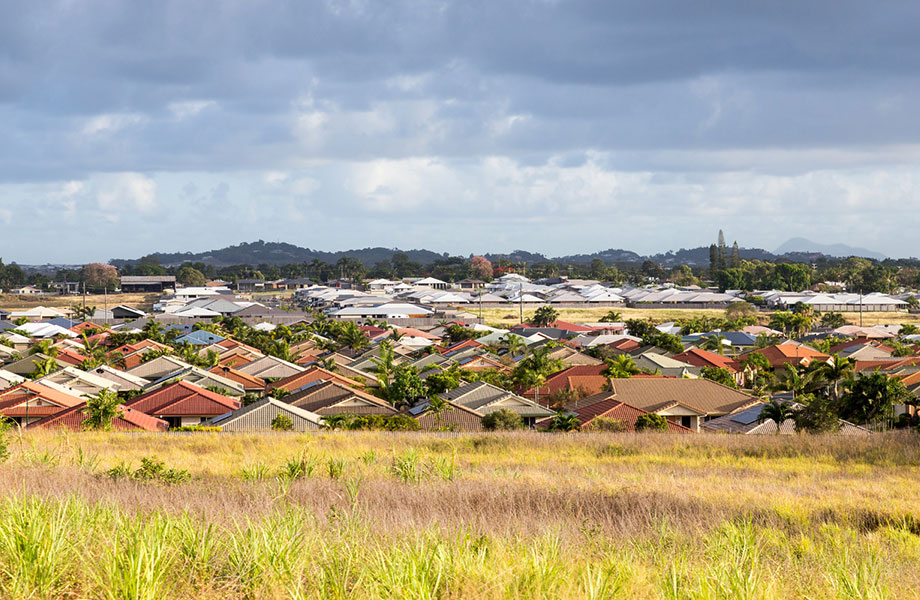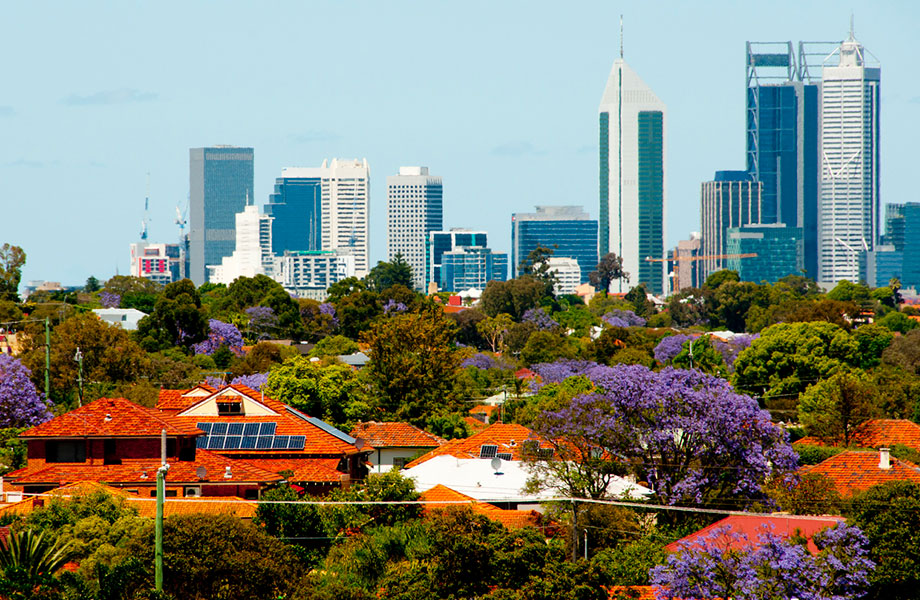Housing Market Correction Hits GST Revenue Gains: Moody’s
The nation's housing market correction is “partly eroding” revenue gains from reforms to GST funding, according to the latest Moody's Investors Service report.
The ratings agency says state governments are feeling revenue pressures from Australia's housing correction.
Moody's vice president John Manning said the GST top-up payments underpin average revenue growth to 2.7 per cent over the forecast period 2019 to 2022, compared to 2.6 per cent in the 2019 budgets.
“However a weaker housing market will offset these gains,” Manning said.
Related: The Haves and the Have Nots: Mortgage Stress Hits these Areas Harder

Moody’s Investors Service also expects “higher-than-budgeted” capital spending to become a challenge for Australian states as record capital spending programs are under way, causing debt to rise faster than revenue.
Manning says infrastructure spending projections have increased by $3.6 billion, or around 2 per cent more than previous estimates, which is largely driven by New South Wales $2.7 billion increase.
“This spending primarily targets transport, road and rail infrastructure to support population growth,” he said.
“We see scope for capital spending to increase materially above mid-year reviews (MYR) forecasts in some states given ongoing population growth.
For example, Manning said Victoria’s MYR excluded proposed capital spending for new infrastructure projects with total estimated spending of $25.6 billion, such as Melbourne's Airport Rail Link and North-East Road Link.
Related: Keep Up: Infrastructure Failing To Keep Pace With Demand

Further declines in transfer duty and land tax revenue are now expected for New South Wales and Victoria due to the weakening residential property market prices and falling sales volumes.
While, Queensland forecasts a decrease in average revenue growth over the period, reflecting lower income from GST.
The report also notes the larger states such as NSW, Victoria and Queensland as being vulnerable to rising health and education costs due to “recently experienced rapid population growth”.
House prices experiencing a correction
Almost all state capital cities are experiencing a house price correction.
Notably, NSW and Victoria housing markets are in decline after years of property price growth.
In Sydney, house prices, which rose rapidly over the five years to June 2017, declined by 4.22 per cent over the year to May 2018 and 6.08 per cent over the year to September 2018.
Melbourne's housing market has cooled, but to a lesser extent than Sydney, with average prices increasing 2.22 per cent over the year to May 2018 but declining 3.37 per cent over the year to September 2018.















